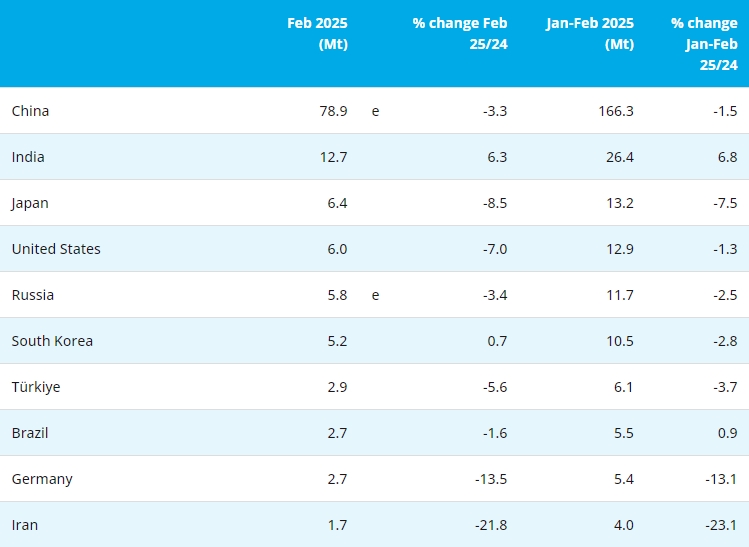[ferro-alloys.com]The primary aluminum industry is facing growing supply and demand pressure as smelters, designated by several governments as essential businesses, have maintained consistent production despite significant drops in downstream demand caused by the coronavirus pandemic, according to Aluminium Association of Canada CEO Jean Simard.
"This is what I call the aluminum paradox because, while you are allowed to maintain operations as part of the aluminum response industry, your market is in total erosion, so you are losing bits and pieces and larger volumes of sales as we move through the days and weeks," Simard told S&P Global Platts in a recent interview.
Simard said smelters have been forced to produce basic P1020 commodity-grade ingot at lower margins, instead of higher-margin products for the curtailed automotive and aerospace market sectors, in order to stay operational and keep potlines active, since potline shutdowns and restarts are not financially viable.
"You're staying alive at a very high cost to maintain your link to market for a length of time that is very hard to measure," he said.
Primary aluminum producers have been increasingly impacted by ripple effects up the value chain as the pandemic continues to distort economic conditions for downstream end-users, Simard added.
"The primary metal segment of the value chain is impacted in a series of waves, and the first one as we went initially through the onset of the COVID crisis was that you found yourself with cancelled orders," he said. "The whole value chain contracted and orders were not only cancelled, but the expected order renewals were not showing up either."
Simard said the pandemic began as a health crisis, but it has since evolved into a manufacturing and liquidity crisis that has presented even greater challenges for smaller downstream aluminum operations.
"Since the beginning of the crisis, the tunnel of the value chain has emptied in many different ways, so some small aluminum companies have probably disappeared because they were strapped with a liquidity crisis, terms of payments and issues like that," Simard said, adding that inventory buildup and trader activity has further contributed to the "chaotic" market environment.
Private and high-cost capacity hurt most
Similar to the 2008 financial crisis, Simard said privately owned capacity in high-cost areas has been most negatively impacted by the current economic downturn caused by the pandemic.
"While shutdowns should happen in certain areas of the world that have high-cost production, it is also happening in areas of the world where capacity is privately owned, so what happened the last time was something similar," Simard said, adding that companies such as Rio Tinto and Alcoa are more likely to be negatively affected by global economic challenges. "Nothing shut down in China, and I think the same thing has started to happen and will keep happening."
Simard said China's state-owned aluminum industry has instead added capacity since the onset of the pandemic, citing the recent commissioning of a new 800,000 mt/year aluminum plant in May.
"Privately owned capacity doesn't have the resilience to withstand this type of situation, and for sure we are going to see some curtailments happening at some point in time, but the price will have to go down even further for this to happen because we are still in a wait-and-see game right now," he said.
However, Simard said the Canadian aluminum industry, particularly in Quebec, is well positioned to withstand market downturns due to the availability of low-cost hydroelectricity and continuous reinvestment in smelters.
"We have reinvested into our plants and capacity over the last decade and a half, and there were billions of dollars of reinvestment to modernize," he said.
Simard said current smelters in Canada have been in operation for an average of 25 years, whereas existing US and European smelters have been in operation for an average of 50 years and 40 years, respectively.
"We have this advantage in that we have more modern plants than most of the rest of the world, which makes us more efficient with the way we use energy and the way we produce the metal," he said.
(S&P Global Platts)
- [Editor:王可]



 Save
Save Print
Print Daily News
Daily News Research
Research Magazine
Magazine Company Database
Company Database Customized Database
Customized Database Conferences
Conferences Advertisement
Advertisement Trade
Trade












 Online inquiry
Online inquiry Contact
Contact

Tell Us What You Think